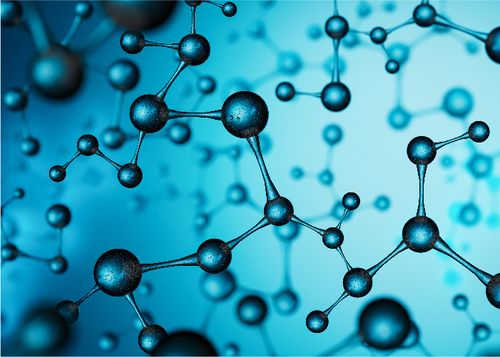Waste-to-energy specialist Klean Industries is interviewing financial advisors and planning to run a process to find investors for a strategic capital raise.
The Vancouver-based company is seeking to raise between $250m – $500m in a minority stake sale that would value the company around $1bn, Klean CEO Jesse Klinkhamer said in an interview.
Klean had previously intended to list on the NASDAQ exchange but those plans were nixed due to the COVID-19 pandemic, he said. The company still plans to list publicly in 2024 or 2025.
Proceeds from a capital raise now would be used to “rapidly deploy” into the projects that Klean is advancing around the globe, Klinkhamer said.
For one of those projects – a flagship tire pyrolysis plant in Boardman, Oregon – Klean is raising non-recourse debt to finance construction, the executive said. Klinkhammer declined to name the advisor for the project financing but said news would be out soon and added that the company has aligned itself with infrastructure funds willing to provide non-recourse debt for the facility.
The Boardman project, which is expected to cost roughly $135m, is an expansion of an existing site where Klean will use its advanced thermal conversion technology to recover fuel oil, steel, and refined carbon black from recycled tires. The end products are comparable to virgin commodities with the exception of being more cost-effective with a lower carbon footprint.
“A lot of what we do is of paramount interest to a lot of the ESG-focused infrastructure investors that are focused on assets that tick all the boxes,” Klinkhamer said, noting the consistent output of the waste-to-energy plants that Klean is building along with predictable prices for energy sourced from renewable power.
Klean has also partnered with H2Core Systems, a maker of containerized green hydrogen production plants, and Enapter, an electrolyzer manufacturer. The company will install a 1 MW electrolyzer unit at the Boardman facility, with the green hydrogen used to upgrade recovered fuel oil and pyrolysis oil into e-fuels that meet California’s Low Carbon Fuels Standards.
“We were exploring how we could improve the quality of the tire pyrolysis oil so that it could enter the LCFS market in California,” he said, “because there are significant carbon credits and tax incentives associated with the improved product.”
The company received proposals from industrial gas companies to bring hydrogen to the Boardman facility that were not feasible, and Klean opted for producing electrolytic hydrogen on site in part due to the abundance of low-cost hydroelectric power and water from the nearby Columbia River.
Addressable market
Discussing Klean’s addressable market for waste-to-energy projects, Klinkhamer points to Japan as an example of a comparable “mature” market.
Japan, an island nation of 126 million people, has built roughly 5,000 resource recovery, waste-to-energy plants of various scopes and designations, he notes. For comparison, the United Kingdom – another island nation of 67 million people – has just 20 waste-to-energy plants.
“The opportunity for waste-to-energy in the UK alone is mind boggling,” he said. “There are a thousand opportunities of scope and scale. Nevermind you’ve got an aging, outdated electrical infrastructure, limited landfills, landfill taxes rising – a tsunami of issues, plus the ESG advent.”
A similar opportunity exists in North America, he noted, where there are around 100 waste-to-energy plants for 580 million people. The company is working on additional tire, plastic, and waste-to-energy projects in North America, and also has projects in Australia and Europe.
Hydrogen could be the key to advancing more projects: waste-to-energy plants have typically been hamstrung by a reliance on large utilities to convert energy generated from waste into electricity, which is in turn dependent on transmission. But the plants could instead produce hydrogen, which can be more easily and cost effectively distributed, Klinkhamer said.
“There is now an opportunity to build these same plants, but rather than rely on the electrical side of things where you’re dealing with a utility, to convert that energy into hydrogen and distribute it to the marketplace,” he added.
Hydrogen infrastructure
Klinkhamer says the company is also examining options for participating in a network of companies that could transform the logistics for bringing feedstock to the Boardman facility and taking away the resulting products.
The company has engaged in talks with long-haul truckers as well as refining companies and industrial gas providers about creating a network of hydrogen hubs – akin to a “Tesla network” – that would support transportation logistics.
“It made sense for us to look at opportunities for moving our feedstock via hydrogen-powered vehicles, and also have refueling stations and hydrogen production plants that we build in North America,” he said.
Klean would need seven to 12 different hubs to supply its transportation network, Klinkhamer estimates, while the $350m price tag for the infrastructure stems from the geographic reach of the hubs as well as the sheer volume of hydrogen required for fueling needs.
“With the Inflation Reduction Act, the U.S. has set itself up to be the lowest-cost producer of hydrogen in the world, which will really spur the development of hydrogen logistics for getting hydrogen out,” he said. “And to get to scale, it’s going to require some big investments.”









